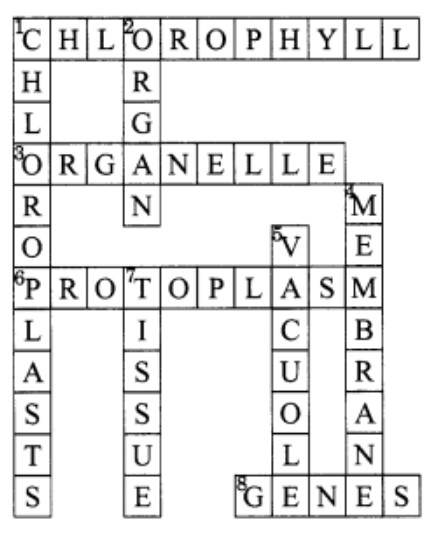NCERT Solutions for Class 8 Science Chapter 8 Cell Structure and Functions
Exercises
Question :- 1. Indicate whether the following statements are True (T) or False (F).
(a) Unicellular organisms have one-celled body. (T/F)
(b) Muscle cells are branched. (T/F)
(c) The basic living unit of an organism is an organ. (T/F)
(d) Amoeba has irregular shape. (T/F)
Answer:-
- (a) True
- (b) True
- (c) False
- (d) True
Question :- 2. Make a sketch of the human nerve cell. What function do nerve cells perform?.
Answer:- Function of Nerve Cells:- The nerve cell’s function is to receive and transmit messages, as well as to help control and coordinate the functions of various parts of the body.

Question :- 3. Write short notes on the following:
(a) Cytoplasm
Answer:- The cytoplasm is a fluid that contains all of the cell’s organelles, including mitochondria, ribosomes, and Golgi bodies. it can be found b etween the nucleus and the cell membrane. It helps in the material exchange between cell organelles. It’s mostly transparent and colourless, and it’s made up of 80% water.
(b) Nucleus of a cell
Answer:- The nucleus is found in the centre of the cell. It is a double-membrane bound cell organelle. It contains the genetic material called DNA. A membrane called the nuclear membrane separates it from the cytoplasm.
Question :- 4. Which part of the cell contains organelles?
Answer:- Cytoplasm
Question :- 5. Make sketches of animal and plant cells. State three differences between them.
Answer:-
Plant cell | Animal cell |
Plant cell are large in size | They are smaller than plant cells |
The cell wall is present in Plant cell | The cell wall is absent |
Vacuoles are large in Plant cell | Vacuoles are small as compared to Plant cell |
Plastids could be seen in Plant cell | Except for Euglena, Plastids could not be seen in animal cells. |

Question :- 6. State the difference between eukaryotes and prokaryotes.
Answer:-
Prokaryotes | Eukaryotes |
Most of prokaryotes are unicellular. | Most of eukaryotes are multicellular. |
The nucleus is poorly defined as there is no nuclear membrane. | The nucleus is well defined as there is a nuclear membrane present in it. |
All the cell organelles are not present. | All the cell organelles are present. |
Nucleolus is absent in prokaryotes. | Nucleolus is present in eukaryotes. |
Eg: Blue-green algae, Bacteria. | Eg: Plant, Animal cells and Fungi. |
Question :- 7. Where are chromosomes found in a cell? State their function.
Answer:- Chromosomes are found in the nucleus. The functions of chromosomes is to carry genes on them and to transfer character from one generation to the next.
Question :- 8. ‘Cells are the basic structural units of living organisms’. Explain.
Answer:- Different cells combine and form tissues then these tissues combine to form organs. Similarly, all these organs combine to form a body. Thus they are known as the basic structural unit of every living organism.
Question :- 9. Explain why chloroplasts are found only in plant cells?
Answer:- Chloroplasts are plastids required for photosynthesis, and thus they are only present in plant cells.
Question :- 10. Complete the crossword with the help of clues given below:
Across
- This is necessary for photosynthesis.
- Term for component present in the cytoplasm.
- The living substance in the cell.
- Units of inheritance present on the chromosomes.
Down
- Green plastids.
- Formed by collection of tissues.
- It separates the contents of the cell from the surrounding medium.
- Empty structure in the cytoplasm.
- A group of cells.

